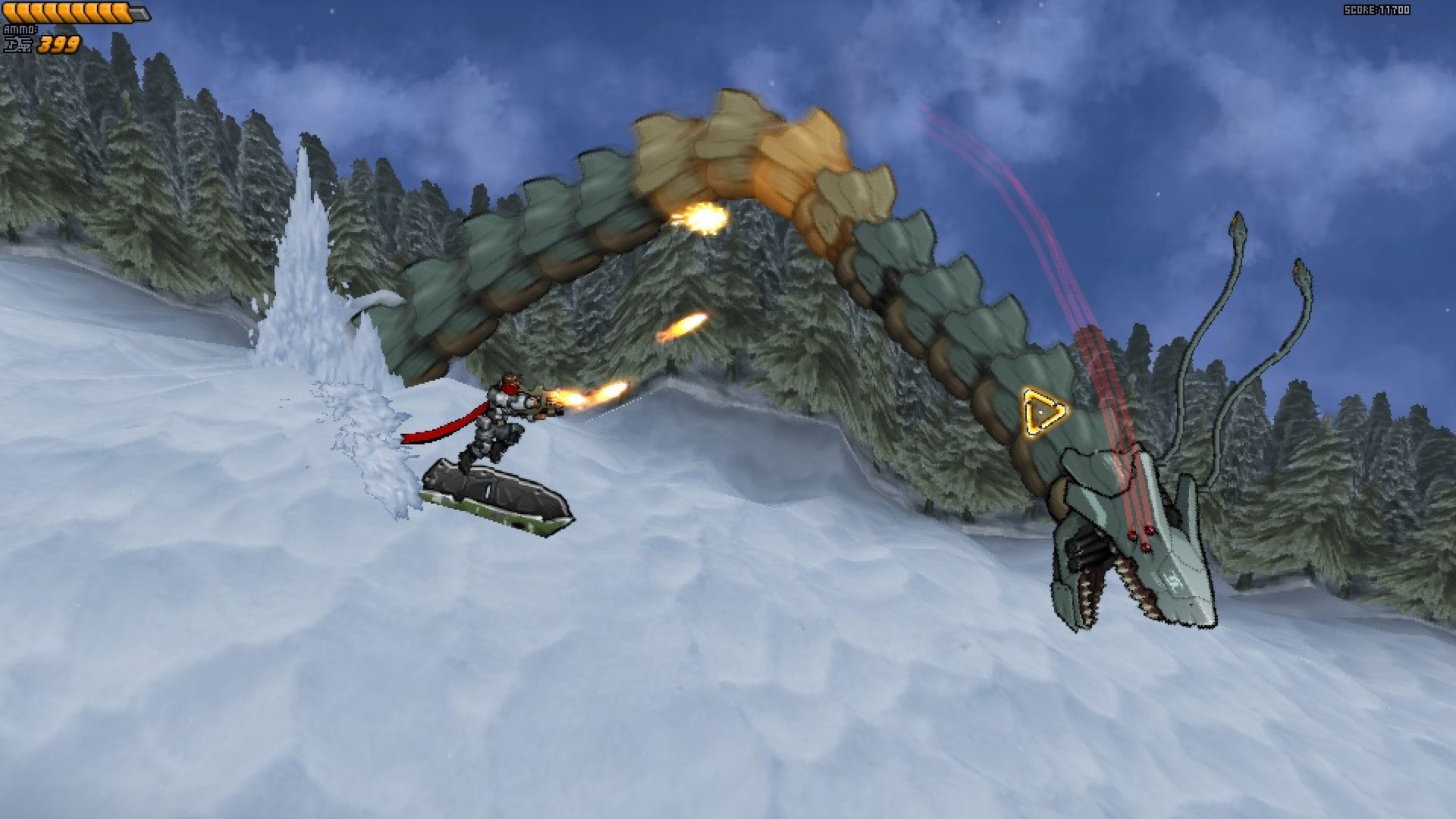

Since the comparative clinical performance of the intrusive arch and miniscrew-supported intrusion has not previously been reported, the objective of this study was to compare the effectiveness and efficiency of these two treatment modalities for maxillary incisor intrusion. However, extra cost, patient tolerance and looseness of the screw during treatment may compromise their use. Recently, miniscrews were used to provide anchorage for intruding maxillary incisors by application of force close to the centre of resistance with no counteractive movement in molars. The intrusive arch fabricated with TMA wire was found to exert the lowest force compared to utility arches of St.St. Although, intrusive arches are an alternative in wide spread use undesirable side effects such as extrusion of posterior teeth and flaring of anterior teeth may compromise their efficiency. However, the intrusion effect of J-hooks headgear may vary since it depends upon patient cooperation. Three treatment modalities were proved to effectively decrease deep overbite by intruding upper incisors: J-hooks headgear, intrusion arches and miniscrew system. Maxillary incisor intrusion is the treatment of choice in non-growing patients to correct deep bite and gummy smile caused by super-eruption of maxillary incisors.

Relative intrusion is the treatment of choice for adolescents. Flaring of incisors may be effective for the correction of mild to moderate deep bite. The intrusion of upper and/or lower incisors is a desirable method to correct deep bite in many adolescents and adult patients. Įxtrusion of posterior teeth is one of the most common methods to correct deep bite in growing patients. Prevalence of deep overbite was found to be 21% to 26% in the normal population, and about 75% in orthodontic patients. Correction of the deep bite is often a main objective of the orthodontic treatment because of its potentially detrimental effects on periodontal health, temporomandibular joint function, as well as esthetics.

Deep overbite has been considered as one of the most common malocclusion problems that are difficult to be treated and retained.


 0 kommentar(er)
0 kommentar(er)
